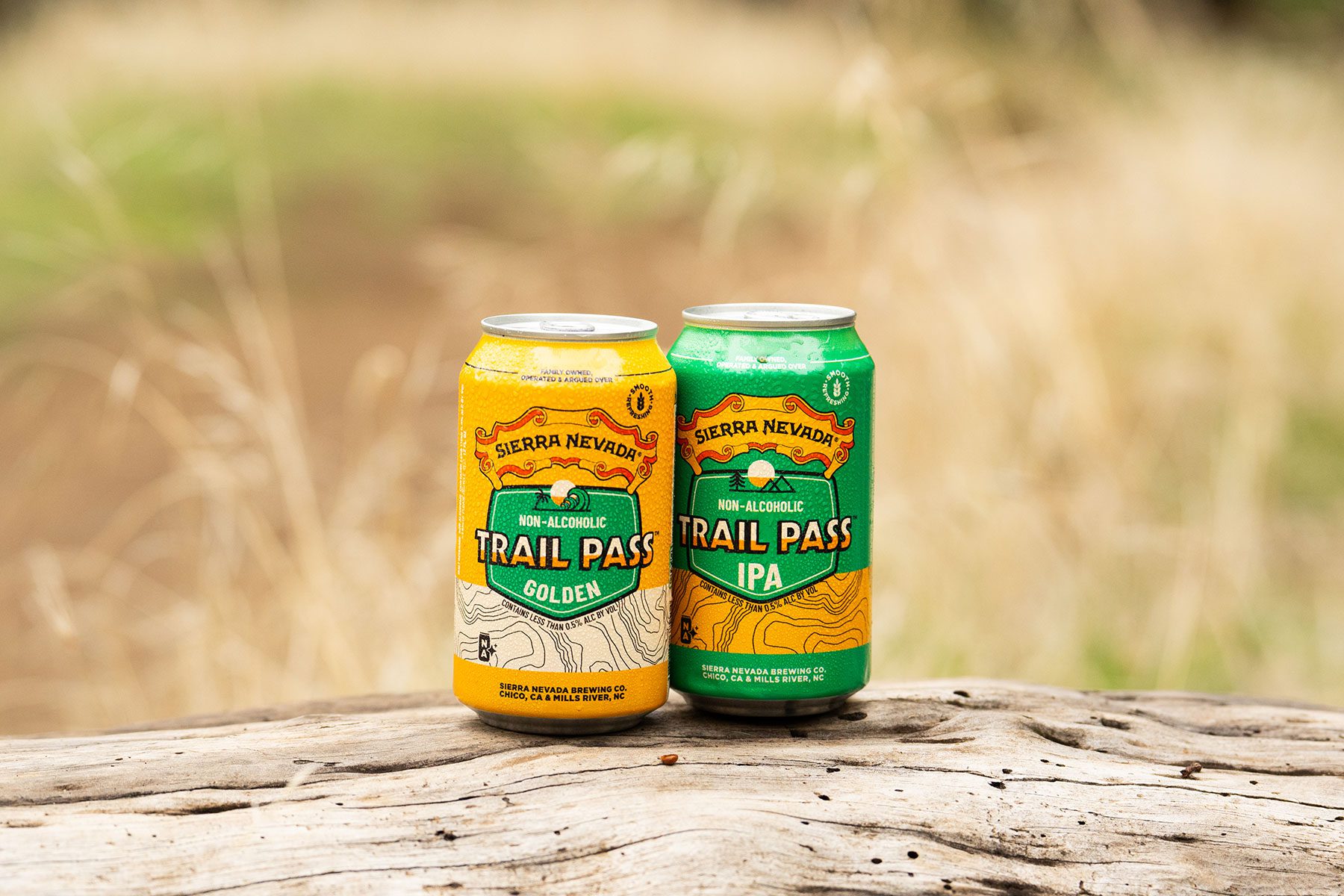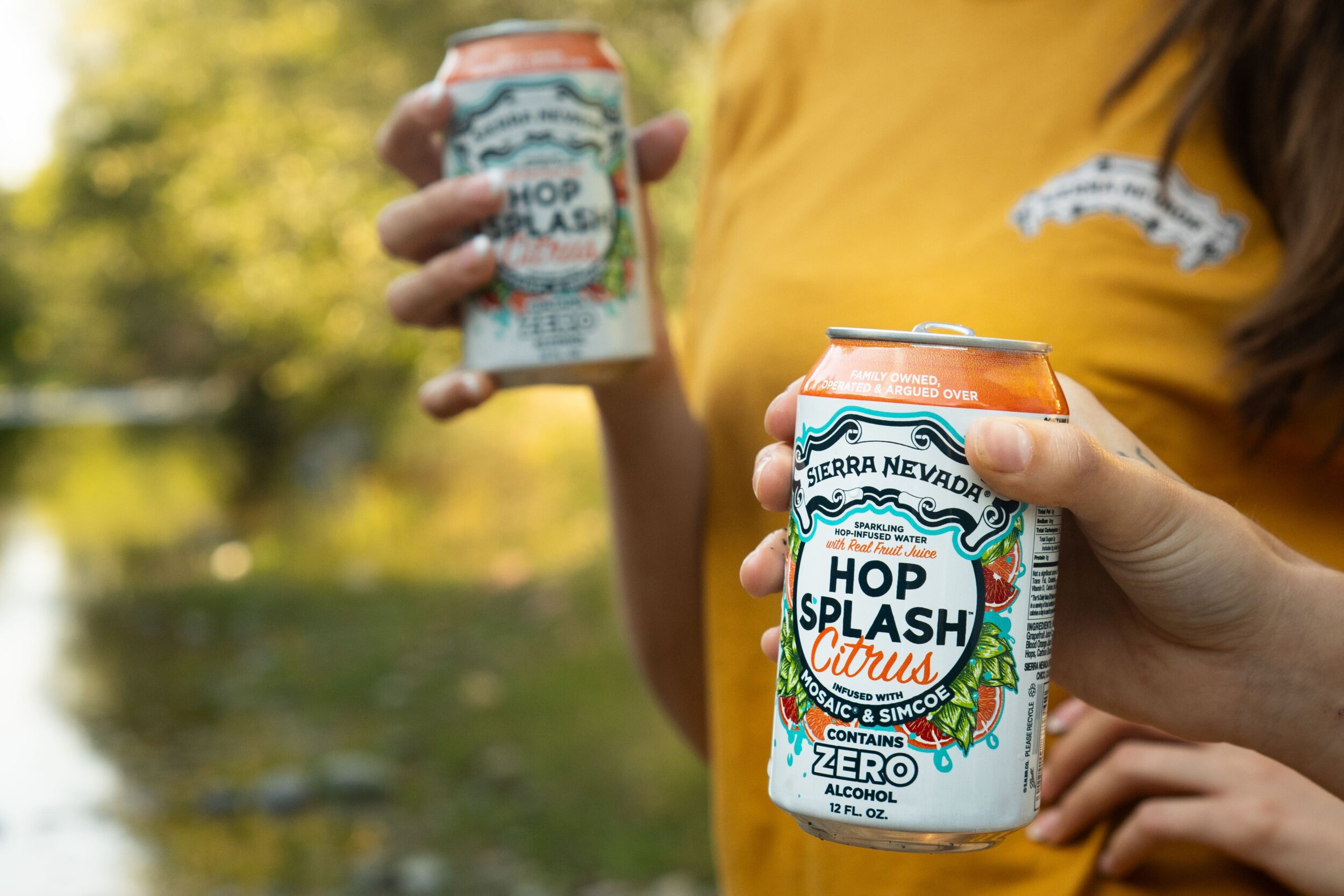Even just a few years ago, you wouldn’t spot many non-alcoholic beer options on store shelves. Maybe one or two mainstays with questionable flavor at best — not the most desirable alternative to a silky smooth hazy IPA. But craft brewers have jumped in to reimagine this important beverage (that is, make it genuinely tasty). Now when you want to skip the booze, your local grocery is likely stocked with solid non-alcoholic choices.
What Is Non-Alcoholic Beer?
Despite its name, non-alcoholic beer is legally allowed to contain up to 0.5% alcohol by volume (ABV). A trace amount is permitted because the common methods for brewing non-alcoholic beer make reaching absolute zero rather difficult. Yet there is also true 0.0% ABV beer, which is formally called alcohol-free beer. Some versions of non-alcoholic beer are reminiscent of soda, the result of mixing water with the likes of alcohol-free malt and hop syrups.
Brief History Of NA Beer
The general idea of low-alcohol beer goes back to medieval Europe with what’s called “small beer.” One way of making small beer involves using the “second runnings” of the mashing process, when brewers rinse their grains with water. This diluted wort contains less fermentable sugars, so yeast simply can’t create as much alcohol. But small beer can still land in the 2–3% ABV range.
Non-alcoholic beer, at least in the United States, became relevant in the Prohibition era — perhaps no surprise there. The Volstead Act, passed by Congress in 1919 (but originally vetoed by President Wilson!), capped the alcohol level of any beverage to 0.5% ABV. Some industrial breweries did produce non-alcoholic beer as part of their strategy to stay in business until the 21st Amendment passed.
How Is Non-Alcoholic Beer Made?

Why Are More And More People Drinking Non-Alcoholic Beer?
Major Benefits Of Non-Alcoholic Beer
Now that craft brewers are taking non-alcoholic beer to the next level, it’s easy to incorporate these brews into a full, active life. Maybe it’s Friday happy hour with friends, but you’ve got dawn patrol — running that new trail, backcountry snowboarding, etc. — so wisdom says sip a non-alcoholic beer. Or maybe it’s just lunch with coworkers and you have a busy afternoon ahead. Whatever your reason for choosing non-alcoholic beer, you can still go big on craft flavor.
How To Find A Style Of Non-Alcoholic Beer That Fits You
What style can’t you find is more like it. You’ll spot everything from easy-drinking session IPAs to rich stouts with non-alcoholic origins. The same tasting notes tied to alcoholic craft beers — fruity, juicy, malty, nutty, herbal, and so on — are vibrant in today’s non-alcoholic brewing. And if you’re keen on other details, like calorie count, there’s surely a non-alcoholic beer that checks the boxes.
Looking for Other Non-Alcoholic Drink Options?

Find Sierra Nevada Hop Splash Hop Water
IPA lovers can also hydrate with hops. Sierra Nevada Hop Splash is sparkling water with zero alcohol, zero calories, and maximum hop refreshment. Our newest flavor, Hop Splash Citrus, pairs up Mosaic® and Simcoe hops with real blood orange and grapefruit juice for all-day hop flavor. The original Hop Splash is infused with Citra and Amarillo® varieties known for bright and fruity flavors.
And that refreshing, bubbly carbonation? Totally sustainable. The Hop Splash brewing process includes capturing, cleaning, and reusing carbon dioxide from beer fermentation to carbonate Hop Splash, keeping CO2 out of the atmosphere and closing the loop.
You can find Hop Splash at Whole Foods stores and retailers nationwide, or you can get Hop Splash shipped to your door.
Non-Alcoholic Beer FAQ
What is non-alcoholic beer?
Non-alcoholic beer is a brew that contains no more than 0.5% alcohol by volume (ABV). Some products go even further to offer true 0.0% ABV and are considered alcohol-free beer.
What is the alcohol content of non-alcoholic beer?
Non-alcoholic beers typically contain less than 0.5% alcohol by volume (ABV). While this is a trace amount, it’s enough to be classified as “non-alcoholic.” Some non-alcoholic beers may even reach 0.0% ABV, which are considered completely alcohol-free. If you’re looking to avoid any alcohol, look for labels specifically stating “0.0% ABV” or “alcohol-free.”
What styles of non-alcoholic beer are available?
Today’s non-alcoholic beers include everything from crisp lagers and hop-forward IPAs to malty stouts, offering the same variety and flavor as traditional craft beer.
Is there an IPA non-alcoholic beer?
Yes! Many craft breweries now make non-alcoholic IPAs that deliver the same hoppy, citrusy, and piney flavors as traditional IPAs but with less than 0.5% ABV. Sierra Nevada offers Trail Pass IPA, a non-alcoholic option brewed with bold hop character without the alcohol.




